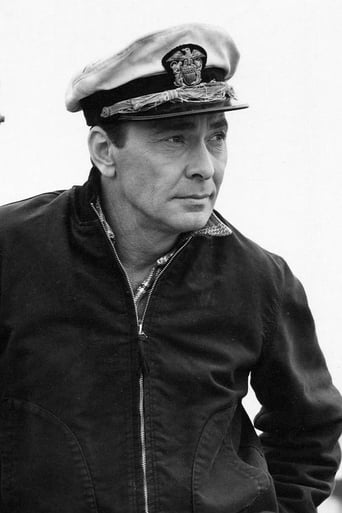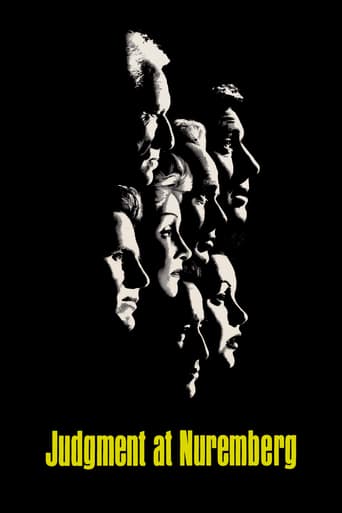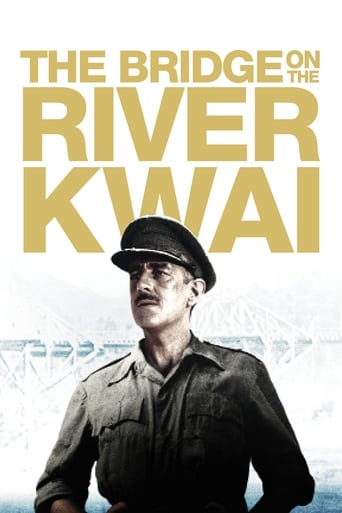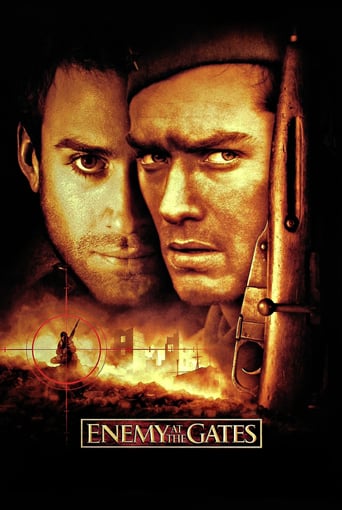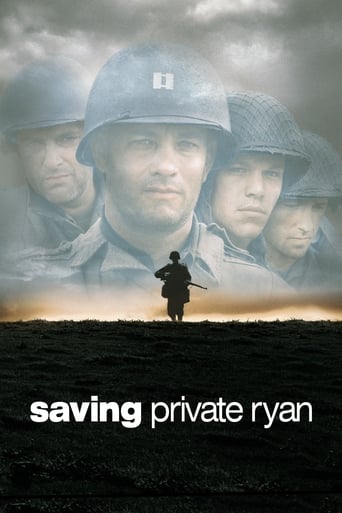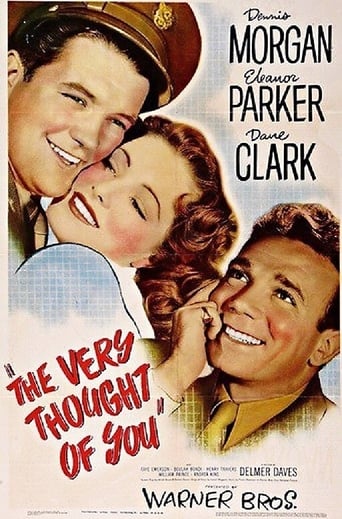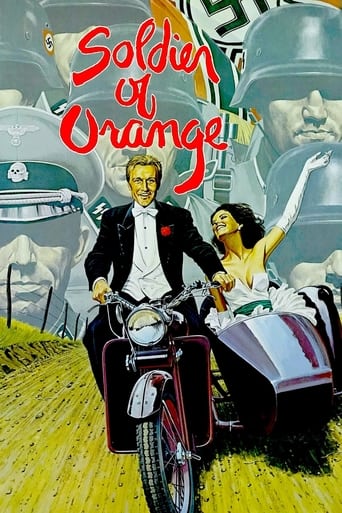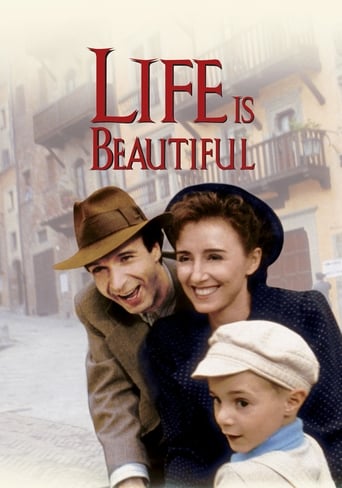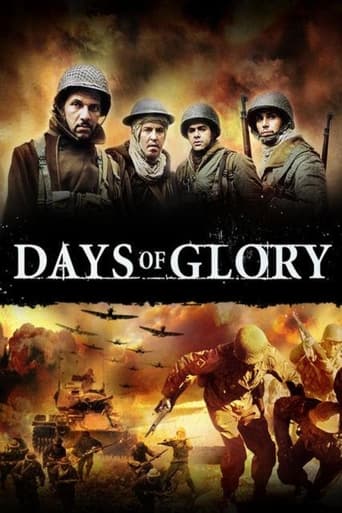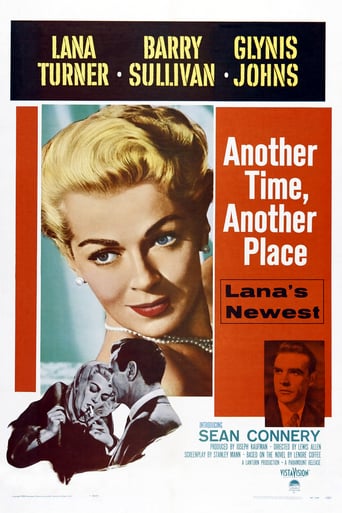
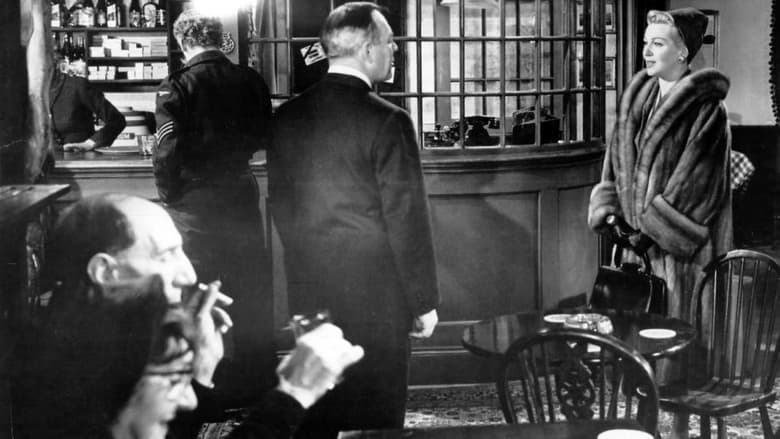
Another Time, Another Place (1958)
In England during WWII, an American news correspondent’s affair with a married British correspondent ends tragically when he is killed in action. Fearing a nervous breakdown as a result of his death, she travels to Cornwall to mourn with his family without any intention of revealing her relationship with him.
Watch Trailer
Cast
Similar titles

Reviews
Overrated
Just perfect...
Bad Acting and worse Bad Screenplay
It's a feast for the eyes. But what really makes this dramedy work is the acting.
Lana Turner and Barry Sullivan are the only Americans in this British production where a name Hollywood star got the top billing to insure a good foreign market. In this case Turner also produced Another Time, Another Place so she dictated the billing in any event.This film also features Sean Connery as a Richard Dimbleby type radio broadcaster in a film set right at the end of World War II. Turner has a fling with Connery who breaks it off and confesses he's got a wife and child back in a village in Cornwall from where he comes. After that Connery killed in a plane crash going to report on the surrender of Kesselring's army in Italy.So the brokenhearted Turner goes to said village and meets up with wife Glynis Johns and son Martin Stephens.Some might find that romantic. Personally I found that whole thing just ghoulish. If Turner had any decency she would have taken the advice of her boss Barry Sullivan and returned to the states. In the end she does. Sullivan has little to do but wait for Turner to come to her senses and finally win her.Not one of Lana's best. Connery is well cast though.
NOTES: Locations in the fishing village of Polperro, Cornwall. Interiors filmed at Elstree Studios, London. COMMENT: Out of a dime- store women's novel, Stanley Mann has constructed a screenplay of stupefying boredom, indifferently acted, and directed with suitable dullness. The film's only attractive feature is Jack Hildyard's black- and-white VistaVision photography, particularly of the locations in a small village in Cornwall. For a while there, it looked as if VistaVision was going to pose as a serious rival to CinemaScope, but this didn't happen. The fact that VistaVision (a non-anamorphic process achieved by the simple expedient of running standard 35mm film horizontally – instead of vertically – through the camera) produced a much sharper image failed to impress audiences who were sold on the much wider 'Scope screen.
I'm still trying to figure out exactly what is the most ridiculous thing about this 1958 Paramount melodrama - the notion of Lana Turner as an ace war correspondent, or Sean Connery's eyebrows. Turner plays Sara Scott, one of those movie journalists who remains gainfully employed despite never letting work get in the way of their personal life. She swans around wartime London in a fur coat, perfectly coiffed and oblivious to the realities of modern warfare although, to be fair, it's not difficult for her not to notice when director Lewis Allen has chosen to mostly omit it from the mise-en-scene. Other than a sequence showing sappers defusing an unexploded V2 rocket, and Scott's hired help making a passing reference to rationing, there's no indication that this is a city that's been at war for nearly 6 years. There's no bombed out buildings, no indication of food, gas or clothing shortages, and barely anyone in uniform on the streets. As a peroxide blonde society lady who spends her time lunching, loving and shopping on 5th Avenue, Turner is entirely convincing. As a highly rated journalist ready to fly off at a moment's notice to whichever battle front her editor deems her presence and writing talents to be essential, she's somewhat less plausible than Steven Seagal tackling Shakespeare. Which brings us to Mr Connery's eyebrows. They are both a wonder and a mystery and put Robert Pattinson's brow hair to shame. His are wider but inexpressive and just sit there above his eyes. Connery's, in contrast, are longer and undulate like two strips of dark brown deep shag carpeting strapped to the back of a couple of adult earthworms. They're so impressive they actually distract attention from his luxuriant head of hair which to anyone used to the older, more follically challenged Connery, is a talking point in itself. ANOTHER TIME ANOTHER PLACE was not the 28 year old's first movie but it was the first time his name had been billed in such close proximity to the film's stars, and clearly no one had considered that a little personal grooming might be in order to reflect his new status as love interest to a bona fide Hollywood star. His agent might also have found a tactful way to suggest that having Connery's character, with his distinct Scottish accent, wax lyrical at great length about his idyllic home town on the coast of Cornwall, might not be the most convincing. But even shifting location and pruning his eyebrows would not have prevented this turgid drama from dissolving into a pool of smelly sludge. Nothing about it rings true and no one does anything to evince our interest or sympathy. It's just a bust. Check out more of my reviews at http://thefilmivejustseen.blogspot.com/
Whilst on assignment in a very 1950s-looking WW2 London, a plastic-haired US ace-journo' (Turner) and an impossibly baby-faced Cornish ace-journo' (Connery) are lost in the throws of a torrid affair, despite the disapproval of colleagues (stiff-upper-lip Longdon, laconic James). However, even as declarations of undying love are uttered, dark clouds loom in the form of Turner's newspaper boss and erstwhile lover Sullivan, and Connery's shock disclosure that he has a wife and child tucked away in his native Cornish village. When Connery is killed in a plane crash, a devastated Turner makes a pilgrimage to his native Cornwall where her path crosses that of his wife and child...Risible weepy, serving as a star vehicle for Lana and an early showcase for the handsome young Connery, both of whom fail miserably to convince. Turner seems to possess only three facial expressions, even when trying to stay upright in her stilettos as she totters round 'St. Giles' (actually Polperro) - witness her horribly 2-D efforts to comfort Martin Stephens after his nightmare. Meanwhile Connery's description of his Cornish fishing village birthplace is delivered in such a rich Edinburgh brogue as to be quite giggle-some.So often the case with British cinema of the 40s and 50s, it's the support players who steal the show - Glynis Johns' is a beautifully judged and modulated depiction of a woman recovering from grief. Her resolute kindness, generosity and warmth make her reaction to the final reel revelations all the more believable. Sid James shines as a world-weary American journalist trying to juggle loyalties, and Stephens' post-nightmare scene is desperately convincing.Sadly however, excellent support playing, and beautiful location shooting are just not enough to save this overwrought turkey.

